Cargando...
Recursos educativos
-
Nivel educativo
-
Competencias
-
Tipología
-
Idioma
-
Tipo de medio
-
Tipo de actividad
-
Destinatarios
-
Tipo de audiencia
-
Creador
-
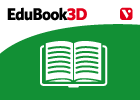
Blood circulation (II)
EduBook Organización
- 3001 visitas
The heart The heart is the organ that pumps blood to all the cells in our body. It is about the size of a closed fist. Its walls are made of muscle tissue. The heart contains four chambers: The two top…
-

Before you read 01 - How the Leopard Got His Spots (part one)
EduBook Organización
- 2806 visitas
Read the text and complete the information below. Giraffes Giraffes are very tall animals. They are light brown with a lot of dark brown patches on their body. They have long legs and a very long neck.…
-
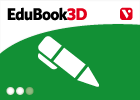
Answer. Unicellular and multicellular organisms
EduBook Organización
- 2958 visitas
Remember what you have studied in this section and answer the questions: What are organisms made up of a single cell called? How do they reproduce? What do we call living things that are made up of many…
-
Introduction - Matter: Mass, Volume and Density
EduBook Organización
- 2929 visitas
All objects are made up of matter. As a consequence of this, they have mass, occupy a certain volume and have a certain density. Mass, volume and density are magnitudes. This means they have values…
-
-
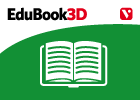
-
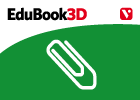
How we breathe in places with no air
EduBook Organización
- 2899 visitas
We need air to breathe Humans and other animals that live on land need air to live. When we breathe, we take oxygen from the air. With this oxygen and with the food we eat, our body has the energy it…
-
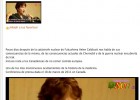
Video: Nuclear radiations in 3Mile Island, Chernobyl and Fukushima
Educatube Organización
- 6050 visitas
In this 11 minute video (with Spanish subtitles) Helen Caldicott (Nobel Prize) explains the consequences of recent nuclear catastrophes on the human body. We can listen to specific scientific vocabulary…
-
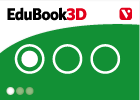
Final self-evaluation T15 02 - Art in the 20th century
EduBook Organización
- 2802 visitas
Choose the correct answer: What was Bauhaus? What is the name of the school of art from the early 20th century who did not belong to any specific movement? What is Neo-Pop? What is the name of the type…
-
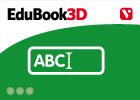
Complete - Remember
EduBook Organización
- 2816 visitas
Complete: There are two types of machines: machines and machines. Levers, wheels, ramps and are examples of simple machines. Compound machines are made up of two or more machines working together.…
Te estamos redirigiendo a la ficha del libro...












